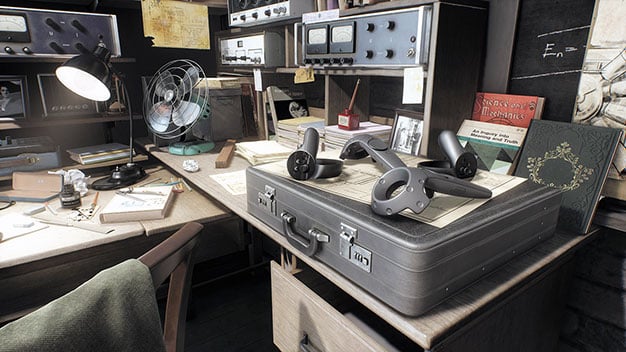GeForce RTX 5070 FE Review: NVIDIA’s More Affordable Blackwell Tested
UL 3DMark Speed Way DX12 Ultimate Benchmarks
In 3DMark's most-taxing DX12 test with ray tracing, the GeForce RTX 5070 FE clearly outruns the RTX 4070 by over 20%, but it can't quite catch the RTX 4070 Ti.UL's SystemInfo hardware monitor during this benchmark run shows nice stable clocks for the GeForce RTX 5070 FE, with relatively modest temperatures as well, which is something you'll see throughout all of the hardware health data posted in this review.
UL 3DMark Steel Nomad DX12 Benchmarks
3DMark Steel Nomad is one of the newer cross-platform GPU benchmarks developed by UL Solutions as part of the 3DMark suite. This test is designed to evaluate the performance of modern gaming hardware in non-ray-traced scenarios, but using otherwise advanced rendering techniques with DX12.With ray tracing removed from the equation, the GeForce RTX 5070 FE retains a significant lead over the previous-gen RTX 4070, but the RTX 4070 Ti pulls ahead by about 11%. The RTX 5070 Ti is a significant step up as well.
VR Benchmarks: Unigine Superposition And VRMark
Superposition is an aging benchmark from Unigine, powered by the UNIGINE 2 Engine. It offers an array of benchmark modes, targeting gaming workloads as well as VR, with both DirectX and OpenGL code paths. There is an extreme hardware stability test built-in too. Unigine Superposition uses the developer’s unique SSRTGI (Screen-Space Ray-Traced Global Illumination) dynamic lighting technology, along with high quality textures and models, to produce some excellent visuals. We ran Superposition's VR Future benchmark to compare the performance of all of the graphics cards featured here.
Unigine Superposition VR Future Test


UL VR Mark Blue Room Benchmarks
UL's VRMark was designed to test a PC’s readiness for HMDs like the HTC Vive and Oculus Rift. The benchmark does not, however, require that one of the headsets is attached to the PC to run and it uses an in-house graphics engine and content to ensure comparable results between different platforms. We ran the "Blue Room" VRMark test at defaults settings here, which is the most taxing test offered by the tool.VRMark has the GeForce RTX 5070 FE landing in a familiar position, between the GeForce RTX 4070 and RTX 4070 Ti. No surprises here.


















